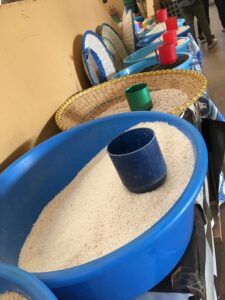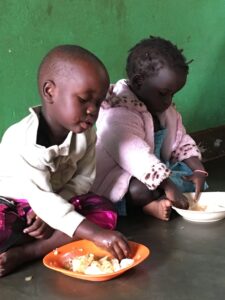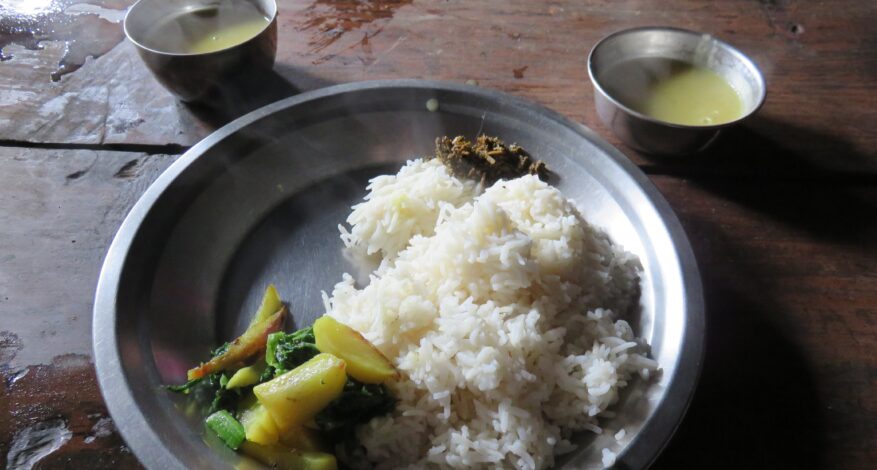GOLDEN RICE: CAN GENETICS SAVE US?
Rice is the most used cereal in our diets, eaten by millions of people. Particularly in densely populated areas like Asia, Africa and South America, rice and all its derived ensures to consumers about 60/70% of the daily calorie intake.
Rice is usually assimilated after grinding and, therefore, the elimination of the external layers. In this way, the layer full of oils and easily degradable elements is removed and the rotting process is avoided.
The edible part of the rice grain, the endosperm, is poor of essential nutrients such as beta-carotene, which is necessary to provide vitamin A.
Golden rice
 Golden rice is a variety of rice produced through genetic engineering to biosynthesize beta-carotene, a precursor of vitamin A, in the edible parts of rice. It is intended to produce fortified food to be grown and consumed in areas with a shortage of dietary vitamin A.
Golden rice is a variety of rice produced through genetic engineering to biosynthesize beta-carotene, a precursor of vitamin A, in the edible parts of rice. It is intended to produce fortified food to be grown and consumed in areas with a shortage of dietary vitamin A.
Golden rice differs from its parental strain by the addition of three beta-carotene biosynthesis genes. The parental strain can naturally produce beta-carotene in its leaves, where it is involved in photosynthesis. However, the plant does not normally produce the pigment in the endosperm, where photosynthesis does not occur.
Golden rice has met significant opposition from environmental and anti-globalization activists. For example, a study in the Philippines is aimed to evaluate the performance of golden rice, whether it can be planted, grown, and harvested like other rice varieties, and whether golden rice poses risk to human health. There has been little research on how well the beta-carotene will hold up when stored for long periods between harvest seasons, or when cooked using traditional methods.
Vitamin A deficiency and society
The lack of vitamin A causes vision problems and endured through time may lead to blindness. It may damage the growth process and the organism’s development. In the developing countries there are hundreds of thousands of people at risk and who experienced this suffering.
 Vitamin A deficiency is estimated to kill 670,000 children under the age of 5 and cause an additional 500,000 cases of irreversible childhood blindness each year. Rice is a staple food crop for over half of the world’s population and becoming an effective crop for targeting vitamin deficiencies.
Vitamin A deficiency is estimated to kill 670,000 children under the age of 5 and cause an additional 500,000 cases of irreversible childhood blindness each year. Rice is a staple food crop for over half of the world’s population and becoming an effective crop for targeting vitamin deficiencies.
Enrich the nutrient profile of the most popular cereal in the world may be considered a useful strategy to fight malnutrition. However, we must remember that GMO (Genetically Modified Organism) rice is not the cure for vitamin A deficiency. It is only a tool used to fight this lack.
Golden rice has been successful among scientists from the beginning, but not among consumers and other organizations. Even if is proven that 50g of golden rice can provide 60% of the daily requirement of vitamin A; or that it has obtained the approval of the FDA (Food and Drugs Administration), the most authoritative American government agency regarding the approval and regulation of food e pharmaceutical products; people still not believe in genetic transformation.
The use of Golden rice may bring changes not only to the level of public health and improvement of the quality of life but also to the economic sphere. It has been estimated that due to an improvement in public health, an increase in the employment rate would correspond. Impairments of the immune system and pathologies like blindness, in fact, force a high percentage of people to not work.

